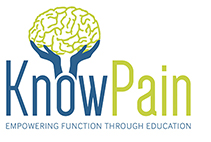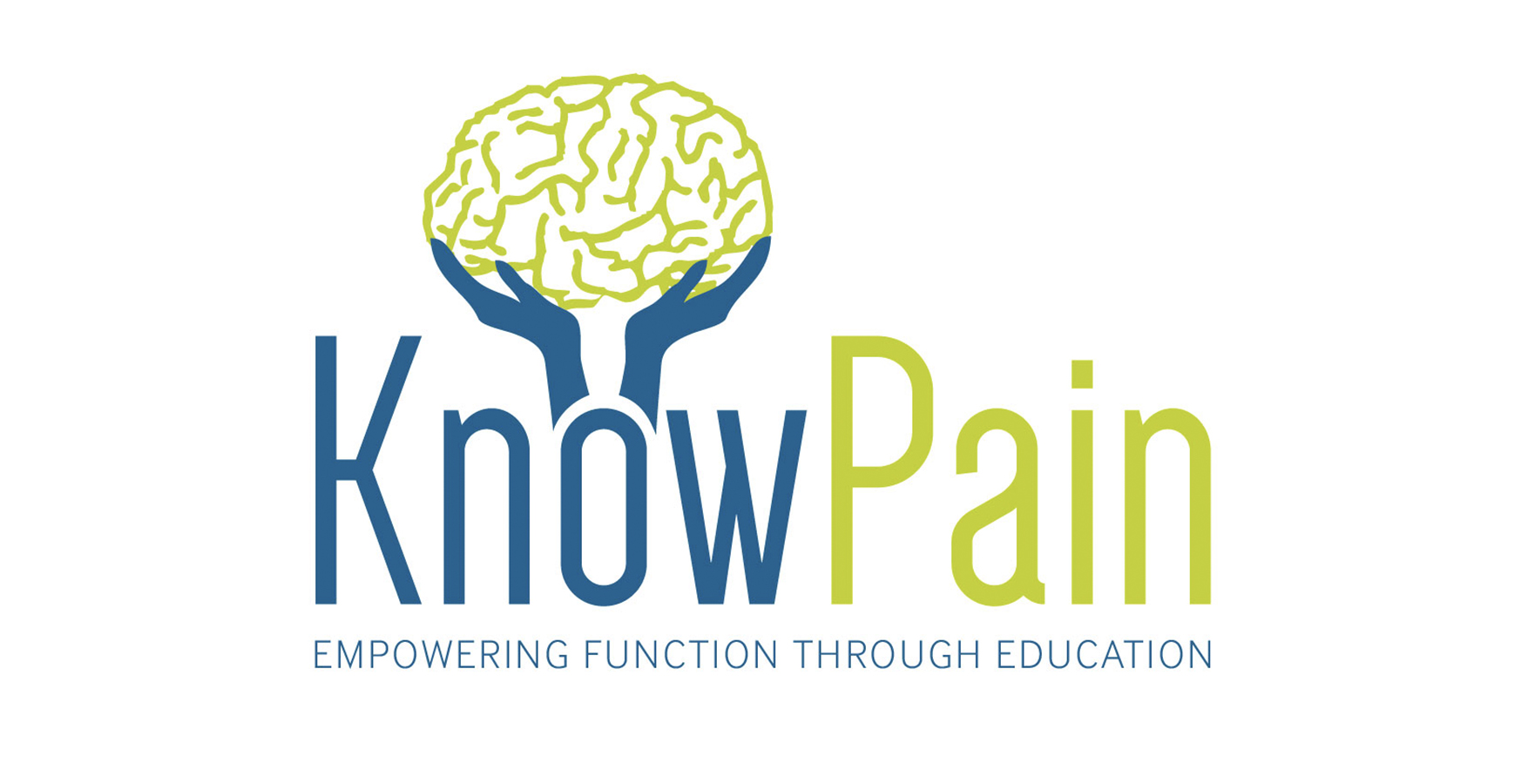Taking the Leap: Educating Patients About Their Pain
by Mike Stewart

Pain is an extremely complex beast. As a Clinical Specialist Physiotherapist, I have spent the past fifteen years attempting to understand pain in order to tame its persistent and all too frequent consequences. Whilst maintaining my conventional skills, my clinical journey has taken me away from a traditional, biomedical model of pain management, where the focus is confined to structural tissue damage. By incorporating a broad biopsychosocial approach to practice, I now feel better equipped to understand the complex needs of people in pain.
On reflection, my past biomedical attempts to manage persistent pain often resulted in short-term, quick fix gains. Mr X would leave the treatment room feeling much better only to end up back at square one next time around. For me, this felt like an eternal itch scratching process, which resulted in clinical disillusionment and ongoing frustration.
When pain is considered to be like any other persistent condition we can begin to draw some useful comparisons. This helps both patients and clinicians when reframing the required, long-term management needs. Imagine the diabetic patient who frequently attends the A&E department for emergency injections as a result of a limited understanding of their condition. Surely a more appropriate and sensible approach would embrace a broad and honest discussion about a) what diabetes is, and b) the necessary steps towards meaningful, enduring self-efficacy.
There is compelling evidence to support both our patients’ desire to be taught such skills and the clinical knowledge gap that exists to achieve this (Yelland, 2011). At its current rate of growth, persistent pain is arguably epidemic in its proportions and the current biomedical management methods are proving ineffective. For example, in the past five years the US has seen a 629% increase in epidural steroid injections, yet pain rates continue to escalate (Louw & Puentedura, 2013).
So, if the hunt for the magic off switch is proving illusive, what is the answer? Historically, epidemics from measles to cholera have been contained through education and communication. In my current practice, it is the development of these skills, which has led to repeated and sustained clinical triumphs. The development of a practical, biopsychosocial Know Pain education course for both patients and interprofessional clinicians has helped me realise the potential that therapeutic neuroscience education truly has.
To date, feedback from both patients and clinicians who’ve attended these courses overwhelmingly supports the current definition of pain as, “A multiple system output activated by the brain based on perceived threat” (Moseley, 2003). If we educate the threat, we can fundamentally reduce the long-term output through cognitive, behavioural and physical neuroplastic changes (Louw & Puentedura, 2013).
Most patients in pain understand this paradigm. In practice, those patients who have been repeatedly spun around the clinical revolving door appreciate the need for change (Eccleston & Crombez, 2007). The idea that if we can change the way we look at things, the things we look at change is a powerful reminder of our duty to move with the unavoidable shift in the evidence base. To do so requires a brave leap towards a new, broader way of thinking, but from personal experience, this is a leap that is worth taking.
References
Eccleston, C, Crombez, G. (2007). Worry and chronic pain: A misdirected problem solving model. Pain. 132 (3) 233-236.
Moseley, G. L. (2003). A pain neuromatrix approach to patients with chronic pain. Manual Therapy. 8 (3). 130-140.
Louw, A, Puentedura, E. (2013). Therapeutic Neuroscience Education. Teaching patients about pain. A guide for clinicians. Minneapolis. Orthopedic Physical Therapy Products.
Yelland, M. (2011). What do patients really want? International Musculoskeletal Medicine. 33 (1).

